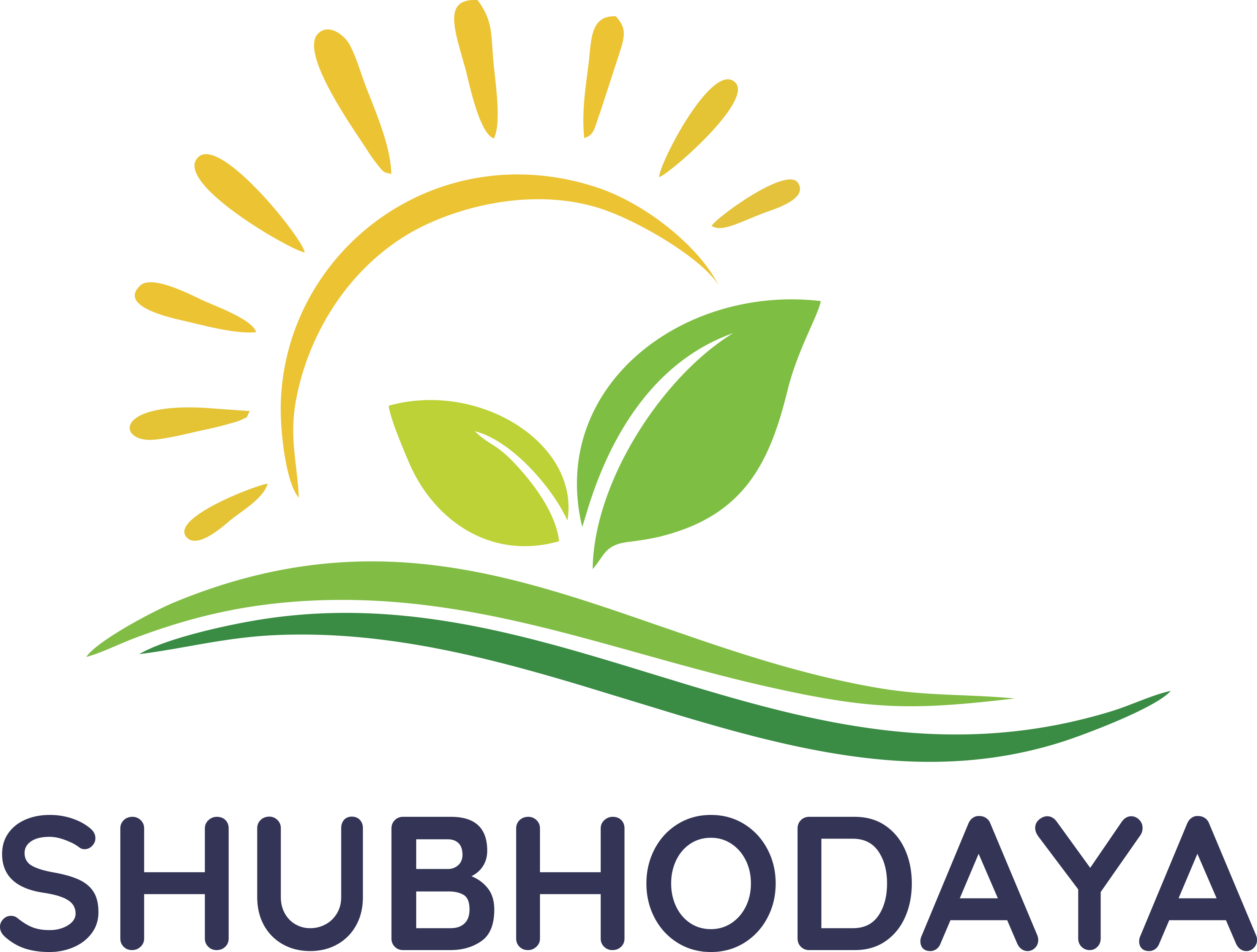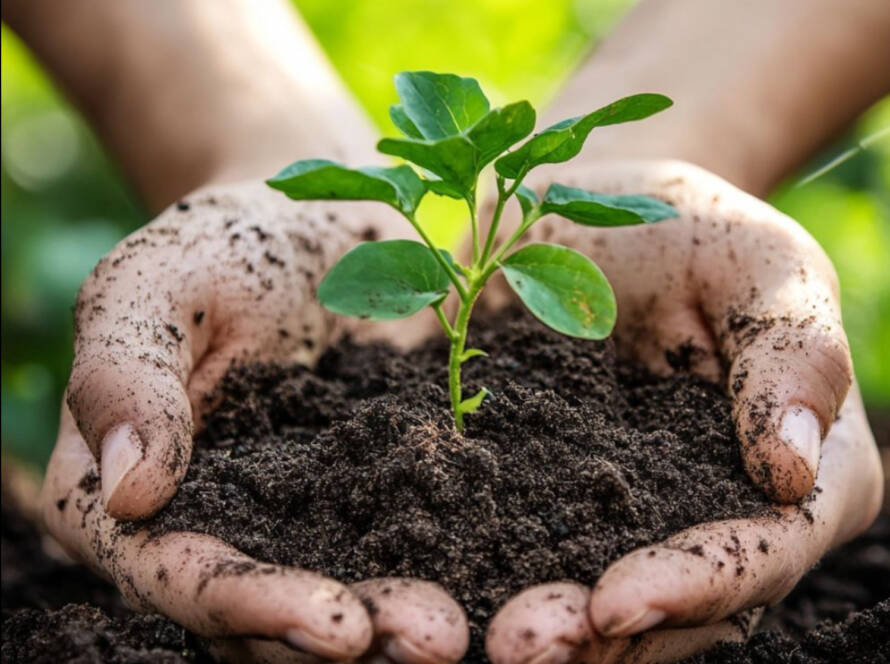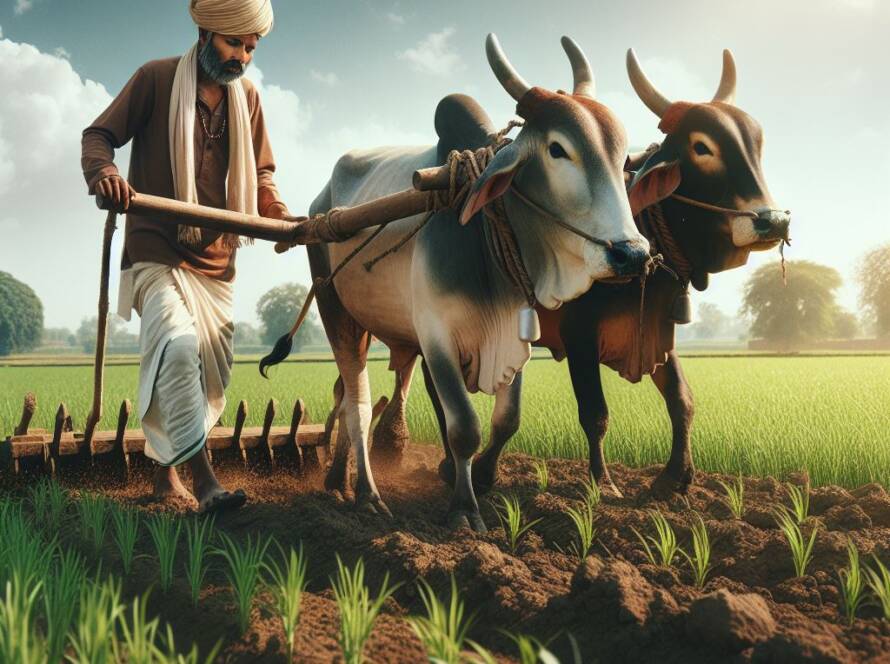Zero-Budget Natural Farming with Cows: Growing More with Less (and a Lot of Love)
If we told you that you could grow healthy crops, improve soil quality, and reduce farming costs to almost zero—all while caring for cows and the planet—would you believe us?
Welcome to the world of Zero-Budget Natural Farming (ZBNF), where desi cows are your best friends, and nature is your greatest teacher.
Let’s dig into this revolutionary movement and see why more Indian farmers are ditching chemicals and embracing cows.
1. What Is Zero-Budget Natural Farming (ZBNF)?
ZBNF is a farming method developed by Subhash Palekar, an Indian agriculturalist who wanted to break farmers free from debt cycles caused by expensive inputs.
The core idea?
Grow more, spend nothing.
No fertilizers, no pesticides, and certainly no loans.
Instead, farmers use natural inputs from cows, especially indigenous breeds, to nourish the soil and crops.
2. Why Cows Are at the Heart of ZBNF
Desi cows (like Gir, Sahiwal, and Red Sindhi) are central to zero-budget farming. Why? Because they provide all the resources a farm needs, such as:
- Cow Dung: Rich in microbes, used for composting and as a base for fertilizers
- Cow Urine (Gomutra): Acts as a powerful natural pesticide and bio-enhancer
- Jeevamrut: A microbial-rich tonic made from cow dung, urine, jaggery, and gram flour to feed the soil
- Beejamrut: A seed treatment formula that boosts germination naturally
Learn more about the benefits of cow dung and cow urine in farming
3. The 4 Pillars of ZBNF
ZBNF relies on four simple yet powerful principles:
- Jeevamrut – Enhances microbial activity in the soil
- Beejamrut – Treats seeds naturally before sowing
- Mulching – Keeps soil moist and prevents weed growth
- Waaphasa (Soil Aeration) – Encourages soil breathing through proper moisture-air balance
Simple. Sustainable. Sacred.
4. The Financial Magic: Why It’s Called ‘Zero-Budget’
In traditional farming, farmers spend thousands on fertilizers, pesticides, and machinery.
In ZBNF, your cow is your pharmacy, lab, and finance minister all in one.
Since inputs come from the farm itself, costs drop drastically—sometimes to zero.
This method has helped thousands of Indian farmers escape debt, making agriculture not just sustainable—but actually profitable.
5. ZBNF = Healthier Soil, Healthier People
Conventional farming depletes soil nutrients and pollutes water sources.
But ZBNF:
- Increases earthworm activity (the OG soil engineers)
- Builds organic carbon in the soil
- Eliminates harmful chemical residues in food
- Restores biodiversity in the fields
Translation? Healthier crops, tastier food, and fewer doctor visits.
6. Spiritual & Environmental Benefits of Cow-Based Farming
Vedic culture regards cows as sacred. ZBNF honors this principle by putting cows back at the center of the ecosystem.
It’s not just farming—it’s seva (service) to Mother Earth and Gau Mata.
Read how cows are revered as mothers in Vedic culture
Plus, ZBNF drastically reduces carbon emissions, water usage, and dependence on fossil fuels.
Mother Earth is smiling already.
7. Is ZBNF Scalable? (Spoiler: Yes!)
Critics once claimed that ZBNF was suitable only for small farms.
But now, entire states like Andhra Pradesh are adopting it on a massive scale.
With proper training, community support, and government incentives, ZBNF can transform India’s agricultural landscape—making it healthy, sustainable, and debt-free.
Check out how goshala culture is empowering rural India
8. Challenges (Because We’re Being Honest Here)
While ZBNF has massive potential, it’s not without hurdles:
- Initial mindset shift from chemical dependency
- Lack of access to indigenous cows in some regions
- Need for awareness and proper training
But with organizations like Shubhodaya Foundation supporting natural farming, the road is becoming smoother (and greener).
Final Thoughts: A Cow-Driven Farming Revolution
Zero-budget natural farming with cows isn’t just an agricultural method—it’s a grassroots revolution.
One that honors the Earth, empowers farmers, and puts dharmic living back at the center of society.
So the next time you sip that A2 milk or bite into that organic mango, thank the humble cow and the wisdom of nature.
Because sometimes, growing more truly means spending less—and serving more.



